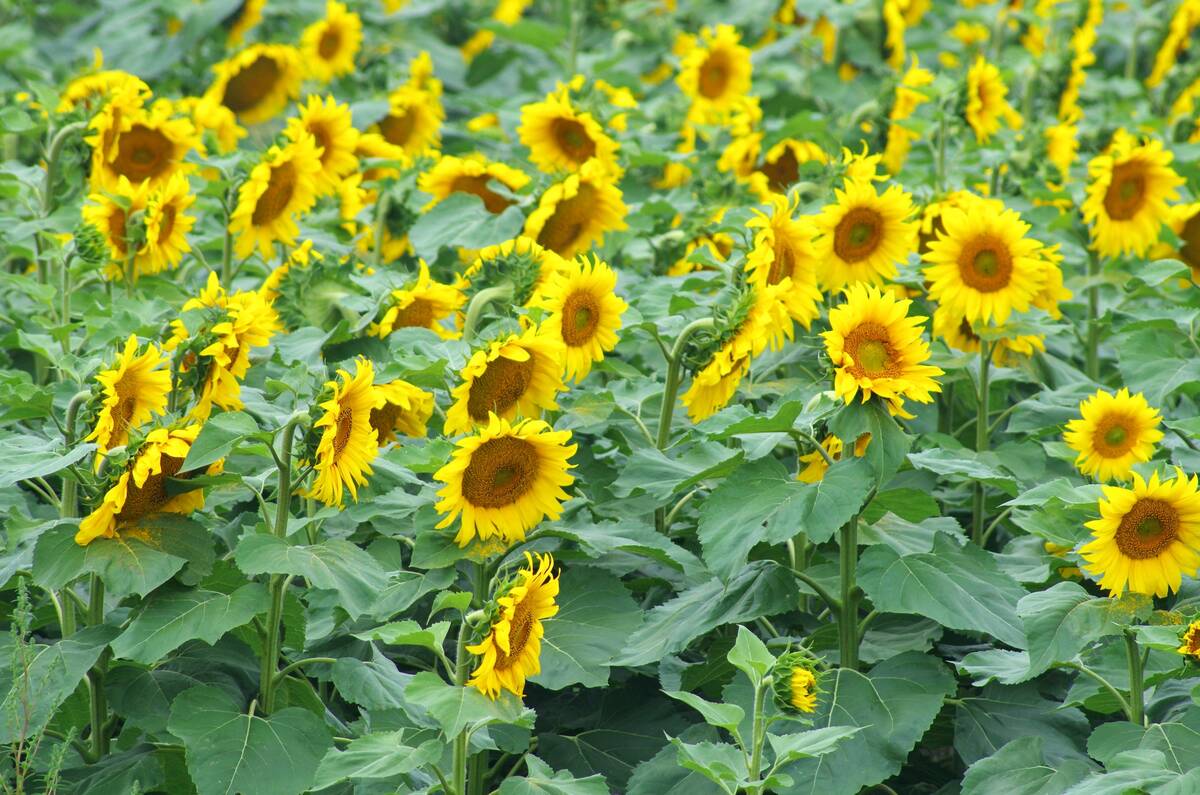The sage grouse recovery strategy, which made public at the end of 2014, follows the emergency protection order issued by the federal government that went into effect last February.
The order applied only to public land.
The recovery strategy is a planning document with general recommendations on how to proceed if sage grouse numbers and habitat are to be protected in southwestern Saskatchewan and southeastern Alberta.
Sage grouse are listed as endangered under the Canadian Species At Risk Act.
In the long term, the government said it hopes to achieve bird populations of at least 1,095 adults among 16 or more active leks in Alberta and at least 1,500 adults among 20 or more leks in Saskatchewan. In 2012, estimates indicated 90 to 140 sage grouse in Canada.
Read Also

Bird repellent gets emergency approval for sunflowers
Bird repellent gets emergency approval for sunflowers
The sage grouse recovery strategy:
- Describes what Environment Canada thinks should be done to recover sage grouse populations.
- Outlines natural and human-associated factors in sage grouse environment that need to be managed so numbers will meet objective.
- Identifies the habitat that is critical to the species.
- Does not regulate or prohibit activities.
- Includes 2,812 sq. km of land.
- Includes a program with the Calgary Zoo to breed and rear chicks for release.
According to the emergency protection order and recovery strategy, the main threats to sage grouse are:
- Sensory disturbance from vertical structures. Essentially, the birds are threatened by tall things.
- Excessive noise.
- Habitat loss and degradation.
- Increased predator pressure.
- Drought and extreme weather conditions.
- West Nile Virus.
- Alteration of natural hydrology.

















